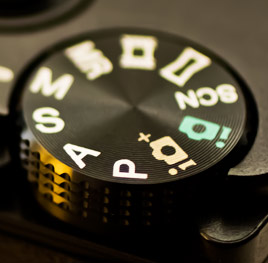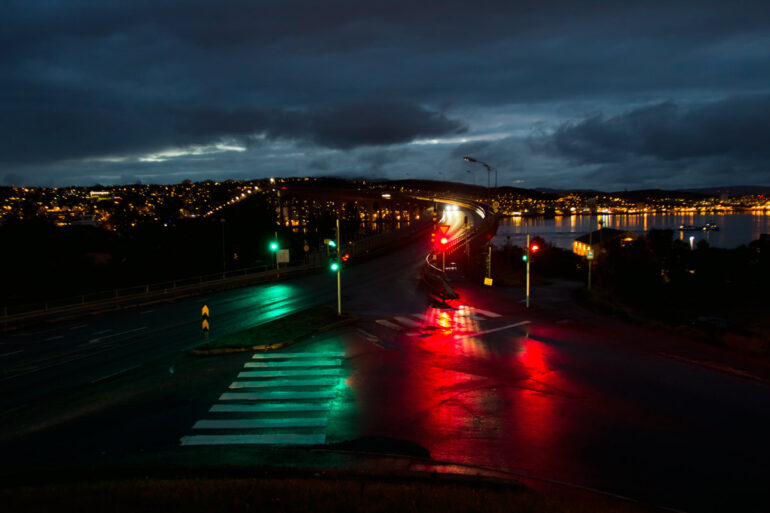We may earn a commission when you purchase through affiliate links. Learn more.
In this lesson we’re going to cover the 4 basic exposure modes that are found on most DSLR, Mirrorless, and even on Advanced Compact Cameras like the Sony RX100 VII. These exposure modes are sometimes referred to as the PASM modes and can generally be located on your camera’s mode dial, although some compact cameras may put these options in the menu system. The mode dial and camera menu system may also include several automatic scene modes like Landscape, Night, Portrait, Macro, Sport, Sunset, and more.
 PASM is an acronym for Program, Aperture Priority (Referred to as Av on Canon), Shutter Priority (Referred to as Tv on Canon), and Manual. These exposure modes, especially the first three, are a great way to explore how exposure variables interact.
PASM is an acronym for Program, Aperture Priority (Referred to as Av on Canon), Shutter Priority (Referred to as Tv on Canon), and Manual. These exposure modes, especially the first three, are a great way to explore how exposure variables interact.
In addition to these exposure modes, your camera will likely have a fully automatic mode that lets the camera make all of the exposure decisions for you, making it easy to get a good photo in most situations. Shooting in automatic mode will generally result in good photos most of the time, but you will find that using auto mode doesn’t always allow you to capture the scene the way you envisioned, especially in lighting conditions that are really bright or really dark. Maybe you’re not quite ready to start adjusting all of the exposure variables manually yet, but still want to start experimenting with some manual settings. Take your time and get to know your camera and its exposure modes that offer some manual control, without putting you in charge of figuring out all of the settings – there’s no rush.
Program Mode selects the optimum shutter speed and aperture. However, you can change either of these settings yourself and the camera will adjust the other one to keep the exposure correct. If you want a shallower depth of field, you simply select a lower f-stop setting and your camera will increase the shutter speed to compensate. If you want motion blur in your image, you can reduce the shutter speed and your camera will adjust to a smaller aperture (higher f-stop). Using Program Mode is an excellent way to familiarize yourself with the exposure variables.
Aperture Priority (Av on Canon) lets you choose your aperture setting which helps to determine your depth of field. Based on your aperture setting, the camera will calculate what your shutter speed should be. If you’re shooting in lower light, this can sometimes result in photos that are blurry if you’ve selected a narrow aperture. Aperture Priority Mode is a good choice if you’ve got lots of light to work with, are photographing a subject that isn’t moving quickly, and want to achieve a very specific depth of field in your photo.
Shutter Priority (Tv on Canon) lets you choose a fast or slow shutter speed and lets the camera decide on the aperture setting needed to get a properly exposed photo. Because the camera gets to choose the aperture setting though, this means that the depth of field in your shots will not be consistent. If you’re shooting fast action like a track and field match or a fighter jet flying past and need to be sure that your shutter speed remains quick enough to capture these moving subjects Shutter Priority Mode can be the right choice. Keep in mind that if the lighting conditions keep changing, you may end up with backgrounds that are different in each shot since the depth of field will keep changing.
Manual Mode puts you totally in charge of figuring out the right exposure for each scene. In Manual Mode, you’ll need to determine what the right shutter speed, aperture, and ISO is. This is a lot to figure out for most new photographers, but once you’ve got a solid understanding of how exposure works, Manual Mode offers the greatest degree of control over your photography. If you’re still figuring out your camera, there’s no need to rush into using Manual Mode — your photos will probably be better if you stick to the other exposure modes while you learn more about all the exposure variables. Before long, you’ll be able to make the calculations in your head and can start reading a scene even better than your camera can.

